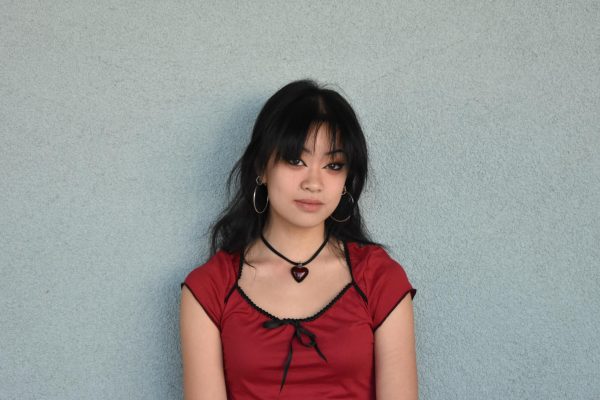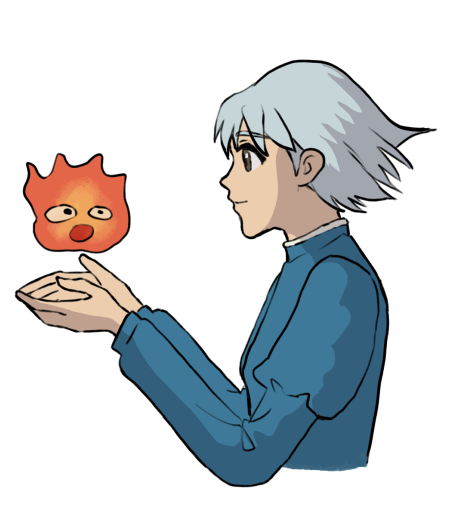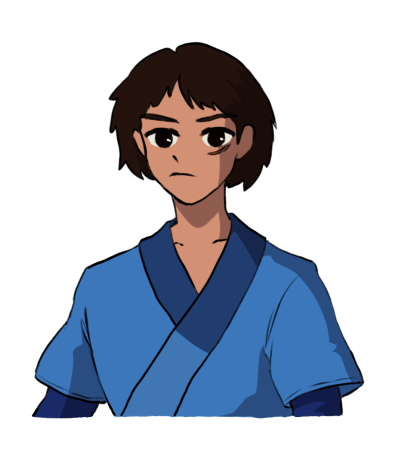Hayao Miyazaki’s 1997 film “Princess Mononoke,” with its stunning imagery — par for the course of Miyazaki’s entire filmography — is, in my opinion, one of the best animated movies to ever come out of Studio Ghibli. What makes “Princess Mononoke” special, however, aren’t solely its luscious screencaps and painstaking worldbuilding, but its ambitious mission to cover a variety of societal issues while maintaining a childlike and whimsical visual tone.
The film follows Ashitaka, a young prince cursed by a demon, who embarks on a journey to heal the natural world and free himself from the curse. On his way, he encounters a highly industrialized village, Iron Town, where he meets Lady Eboshi and her workers — women she rescued from brothels and men suffering from leprosy.
Audiences are initially signaled that Lady Eboshi is the antagonist of the film, and when watching “Princess Mononoke” from an environmental lens, she definitely seems to be — after all, she cuts down forests to mine for iron, and the Shinto undertones of the film say that’s a big no-no. In the Shinto religion — Japan’s native belief system — gods called “kami” inhabit all things, such as mountains, forests and animals. Shinto emphasizes harmony between the kami of the natural world and humanity — the main conflict in “Princess Mononoke.”
While Lady Eboshi seems to be disrupting that harmony, she is not the villain. In fact, there is no villain. Lady Eboshi’s kindness to her workers saved their lives, but her village’s iron exports rely on the destruction of nature. There is humanity and there is nature, and while they are in conflict with each other for most of the film, the two are undeniably intertwined — as shown by Princess Mononoke herself, a human girl raised by wolves whom Ashitaka meets on his journey.
My only qualm with this film is that on the first watch, Ashitaka seems like a bland protagonist. The curse placed upon him is supposed to eventually kill him, but he seems mostly apathetic and resigned to it. His lack of loyalty to either nature or humanity comes across as flaky or morally weak, whereas Princess Mononoke’s ferocity makes her a much more apt choice for a protagonist.
However, I eventually realized that the film is not about picking sides. Ashitaka is not, in fact, indifferent to death and destruction. Rather, he knows that there is no life without death, and that all things must exist in harmony and balance.







